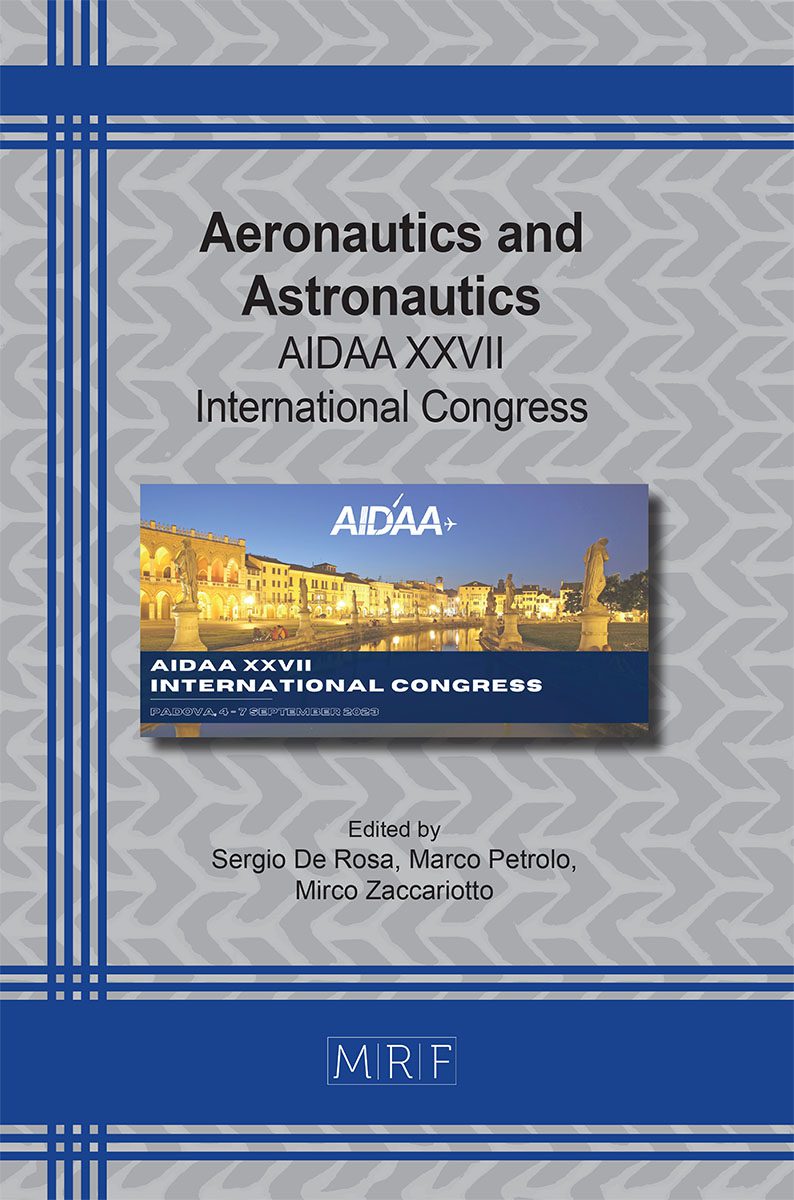Solar simulator facility for the verification of space hardware performance
C. Bettanini, M. Bartolomei, S. Chiodini, L. Tasinato, P. Ramous, F. Dona, S. Debei
download PDFAbstract. The paper presents the main characteristics of the high flux solar simulator facility designed and developed at University of Padova as key enabling technology to evaluate the effectiveness of satellite hardware for missions to the inner planets of the Solar System. The designed solar simulator can reproduce the intensity and spectral distribution of the Sun’s radiation up to 8 Solar constants (around 10000 Watt/m2) and the emitted flux can be directed to the viewport of a Thermal Vacuum Chamber in order to test the performance of space equipment under representative pressure and temperature conditions. Angles of incidence between 30° and 90° can be achieved using a motorised setup within the thermal chamber while different intensities of sunlight can be obtained by properly choosing the emitting lamp and regulating the electric power. After the verification of optical path alignment, a series of tests has been conducted to evaluate the flux homogeneity installing a commercial pyranometer on cartesian reference and moving the slide within the target area. A final Class A classification for the spatial non-uniformity of irradiance as for ASTM E927-19 has been achieved for the central target area. The facility has afterwards operated for validation campaign of satellite radiators in simulated orbital condition, verifying the repeatability of reproduced flux during continuous long-term operation.
Keywords
High Flux Solar Simulator, Flux Homogeneity, Test of Satellite Hardware
Published online 11/1/2023, 5 pages
Copyright © 2023 by the author(s)
Published under license by Materials Research Forum LLC., Millersville PA, USA
Citation: C. Bettanini, M. Bartolomei, S. Chiodini, L. Tasinato, P. Ramous, F. Dona, S. Debei, Solar simulator facility for the verification of space hardware performance, Materials Research Proceedings, Vol. 37, pp 700-704, 2023
DOI: https://doi.org/10.21741/9781644902813-149
The article was published as article 149 of the book Aeronautics and Astronautics
![]() Content from this work may be used under the terms of the Creative Commons Attribution 3.0 license. Any further distribution of this work must maintain attribution to the author(s) and the title of the work, journal citation and DOI.
Content from this work may be used under the terms of the Creative Commons Attribution 3.0 license. Any further distribution of this work must maintain attribution to the author(s) and the title of the work, journal citation and DOI.
References
[1] K. Wieghardt, D. Laaber, V. Dohmen, P. Hilger, D. Korber, K.-H. Funken, B. Hoffschmidt, Synlight-A new facility for large-scale testing in CSP and solar chemistry, in: AIP Conference Proceedings, vol. 2033, AIP Publishing LLC, 2018, pp. 040042. https://doi.org/10.1063/1.5067078
[2] D. Hirsch, P. Zedtwitz and et al. 2003 A new 75 kW high-flux solar simulator for high-temperature thermal and thermochemical research J. Sol. Energy Eng. 125(1) 117-120. https://doi.org/10.1115/1.1528922
[3] J. Petrasch, P. Coray, A. Meier, M. Brack, P. Häberling, D. Wuillemin, A. Steinfeld A Novel 50kW 11,000 suns High-Flux Solar Simulator Based on an Array of Xenon Arc Lamps J. Sol. Energy Eng., 129 (2006), pp. 405-411D. Codd and A. e. a. Carlson 2010 A low cost high flux solar simulator Sol. Energy 84 (12) 2202-2212. https://doi.org/10.1115/1.2769701
[4] M. Tawfik, X.Tonnellier,C. Sansom , “Light source selection for a solar simulator for thermal applications: A review”, Renewable and Sustainable Energy Reviews , Volume 90, July 2018, Pages 802-813. https://doi.org/10.1016/j.rser.2018.03.059
[5] ASTM E927-19 Standard Classification for Solar Simulators for Electrical Performance Testing of Photovoltaic Devices.












